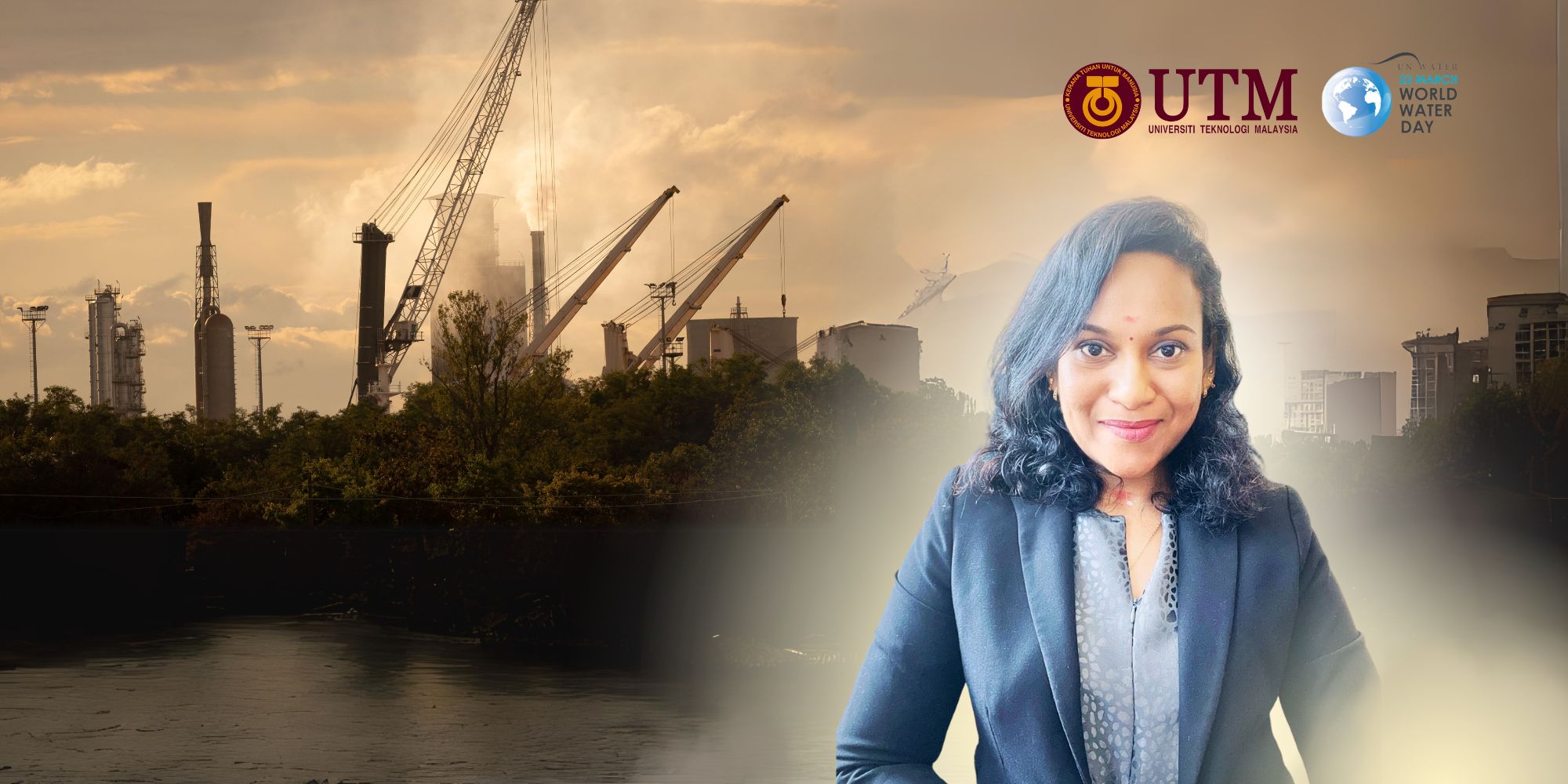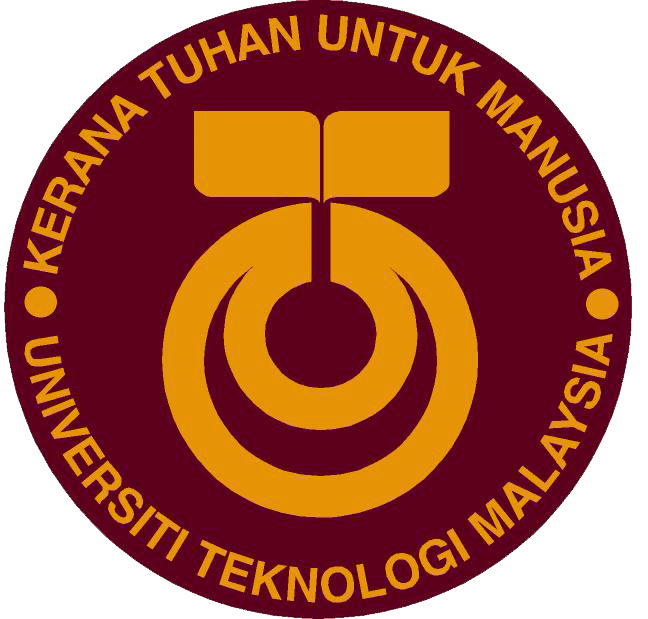In the heart of a city where the sky was cloaked in a haze of smog and the air tasted of exhaust fumes, Ahmad found himself navigating in the relentless pulse of urban chaos. The buildings loomed overhead, their shadows merging with the air pollution casting a permanent dusk upon the streets below. The loud honking of cars and the constant movement of people replaced the quiet sounds of nature. It was a normal day, but Ahmad was desperate to find some quiet and peaceful moment in the chaos.
As he weaved his way through the crowded sidewalks, dodging hurried pedestrians and street vendors, the weight of the city’s pace pressed down on him. He longed for fresh air, for a brief escape from the omnipresent hustle and bustle. In his haste to leave the office and recover, Ahmad had forgotten his water bottle. A small oversight that soon became a pressing concern as his throat parched from the polluted air.
Driven by thirst and a desire to find solace, Ahmad made his way to a natural stream that once flowed through the city. The stream had been a lifeline, a rare piece of nature’s artwork amidst the concrete. But as he approached, his heart sank. Instead of offering a refreshing oasis, the stream reflected the city’s neglect. Its waters, once clear and inviting, now flowed with the murky hue of a ‘chai latte’ and floating rubbish, a stark testament to the pollution and disregard that has seeped into every corner of urban life.
The sight of the contaminated water was a harsh reminder of the environment’s frailty in the face of urbanisation. The stream, which should have been a source of life and renewal, had become a casualty of the relentless expansion of the city and the apathy of its inhabitants. Children no longer played on its banks and the laughter that once echoed was replaced by the silence of absence.
As Ahmad stood before the foul waters, a deep sense of disillusionment washed over him. The realisation that the city, in its pursuit of growth and progress, had sacrificed the very essence of nature’s beauty and purity. The polluted served as a mirror, reflecting not only the physical contamination of the environment, but also the spiritual pollution of society’s values.
With no water to quench his thirst and no solace to find in the river’s embrace, Ahmad felt the burden of a lesson learnt too late. The importance of responsible stewardship of the natural resources that sustain life was overshadowed by the immediacy of urban demands.
Ahmad turned away from the chai latte-stained stream and made his way back to the heart of the city, the echoes of neglect still ringing in his ears. The experience had not only made him thirstier, it had also made him determined to advocate for change, to reclaim the natural sanctuaries lost to pollution and apathy. It was a journey that began with the search for water and ended with the discovery of a deeper thirst — a thirst for renewal, for responsibility and for harmonious co-existence with the planet that sustains us all.
The story you have just read may be fictional, but it highlights the serious environmental problems our world is facing. They reflect the underlying truth of humanity’s often complacent approach to the Earth’s natural resources, especially water — the lifeblood of our planet. These narratives are more than just stories; they echo my inner voice (and I believe the echo of many others) that calls for an urgent re-evaluation of our actions and attitudes towards environmental protection. That we urgently need to rethink how we act and think about protecting our environment.
The image of a river that has turned into the colour of a chai latte is not just a creative detail. It is a clear representation of the pollution and the degradation of vital waterways and symbolises how far-reaching the consequences of ‘development’ and neglect can be. Similarly, Ahmad’s transformation from a passive observer to an advocate for change reflects the path society must take — from recognising the extent of environmental degradation to taking active steps towards sustainability and restoration.
This discourse is not just about pointing out the flaws in our environmental stewardship; it’s approach to the environment. It is a call to action that asks each individual to recognise their role in the ecosystem and the impact of their daily choices. It challenges the notion that the availability of water at the turn of a tap equates to an inexhaustible supply. It highlights the disconnect between our perceived abundance and the reality of water scarcity and pollution affecting millions of people worldwide.
In my opinion, the “voice of the inner self” is a collective consciousness that realises that the health of our planet is at risk. It is the realisation that the responsibility for change does not lie solely with politicians or distant others, but with each of us. This awakening confronts the ignorance behind environmental issues and urges a shift from passive concern to active engagement
I see the “dialysis” of the earth’s water systems as a critical medical intervention from an environmental perspective and call for a global commitment to cleanse and safeguard our water sources. It is as if we are treating the planet’s lifelines and healing its vital waterways, just as we would take care of our own bloodstream. That’s a metaphor that comes most readily to mind to describe the comprehensive action needed to undo the damage caused by centuries of exploitation and negligence.
When we all begin to see the true picture — not just as observers, but as participants in this ecosystem — then real change becomes possible. It’s about overcoming the mindset of “there is nothing to worry about” or that there are others who can do it and get paid for it, and moving to an attitude of stewardship and respect for nature. Only through collective action based on a deep understanding of the interconnectedness of all life can we hope to overcome the environmental crises that threaten our planet and future generations.
This is a call to each of us to be the change we want to see, to not only turn on the tap with care, but to value and protect the water that flows from it—because when we protect our water, we protect life itself.
Ts. Dr. Kogila Vani Annammala is a Senior Lecturer, the Department of Water and Environmental Engineering, Faculty of Civil Engineering, Universiti Teknologi Malaysia (UTM). Her work has made significant impacts on both national and international levels, focusing on issues like erosion, sedimentation, water quality, and pollution. In 2004, she led projects on groundwater supply in Borneo’s Sipadan Island and later studied the effects of hydrocarbons. She also headed a Royal Society-UK sponsored Earthwatch program in Borneo, analyzing the effects of logging, land use, and climate change on rainforests.
Currently, she’s initiating mangrove conservation projects to support climate change mitigation and adaptation through Nature-Based Solutions. Her expertise extends to disaster risk and resilience, including projects with UNICEF on Women & Child Centred Disaster Risk Reduction in collaboration with DPPC-MJIIT, UTM. Her research spans erosion, hydrology, water chemistry, and sediment analysis using geochemistry and Radiochronology. Recently, she’s shifted focus towards conservation, Nature-Based Solutions, and raising awareness on climate change and disaster impacts.



